
Senior writer Tina Hesman Saey is a geneticist-turned-science writer who covers all things microscopic and a few too big to be viewed under a microscope. She is an honors graduate of the University of Nebraska-Lincoln where she did research on tobacco plants and ethanol-producing bacteria. She spent a year as a Fulbright scholar at the Georg-August University in Göttingen, Germany, studying microbiology and traveling. Her work on how yeast turn on and off one gene earned her a Ph.D. in molecular genetics at Washington University in St. Louis. Tina then rounded out her degree collection with a master’s in science journalism from Boston University. She interned at the Dallas Morning News and Science News before returning to St. Louis to cover biotechnology, genetics and medical science for the St. Louis Post-Dispatch. After a seven year stint as a newspaper reporter, she returned to Science News. Her work has been honored by the National Academies of Sciences, Engineering and Medicine, the Endocrine Society, the Genetics Society of America and by journalism organizations.

Trustworthy journalism comes at a price.
Scientists and journalists share a core belief in questioning, observing and verifying to reach the truth. Science News reports on crucial research and discovery across science disciplines. We need your financial support to make it happen – every contribution makes a difference.
All Stories by Tina Hesman Saey
-
 Genetics
GeneticsGenetic risk factors for Alzheimer’s also raise the risk of getting COVID-19
People who have the APOE4 genetic variant appear to be more vulnerable to the disease, but it’s unclear why.
-
 Health & Medicine
Health & MedicinePolitics aside, hydroxychloroquine could (maybe) help fight COVID-19
Hydroxychloroquine may help prevent COVID-19, or it may not. Studies are under way to find out. Meanwhile, here’s what we know.
-
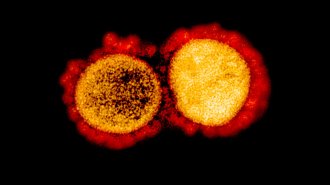 Health & Medicine
Health & MedicineThere are two versions of the coronavirus. One’s not more dangerous than the other
Factors such as a person’s age and white blood cell counts matter more for disease severity when it comes to COVID-19, a study finds.
-
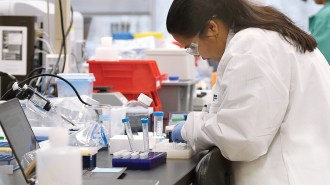 Health & Medicine
Health & MedicineAs we wait for a vaccine, here’s a snapshot of potential COVID-19 treatments
Though a vaccine remains the ultimate goal, researchers are on the hunt for new ways to treat COVID-19.
-
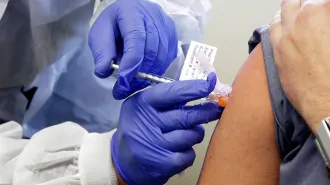 Health & Medicine
Health & MedicineModerna’s COVID-19 vaccine stimulates an immune response in people
An mRNA vaccine triggers the immune system to make as many virus-blocking antibodies as in people who have recovered from COVID-19, early data show.
-
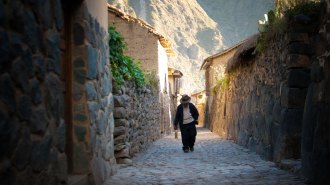 Humans
HumansA gene variant partly explains why Peruvians are among the world’s shortest people
A gene variant reduces some Peruvians’ height by about 2 centimeters, on average, the biggest effect on stature found for a common variation in DNA.
-
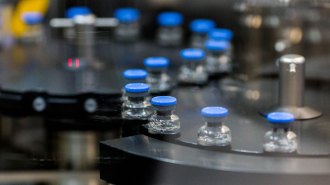 Health & Medicine
Health & MedicineThe new COVID-19 drug remdesivir is here. Now what?
Remdesivir may shorten recovery time for some people, but it isn’t available to everyone and it won’t end the pandemic on its own.
-
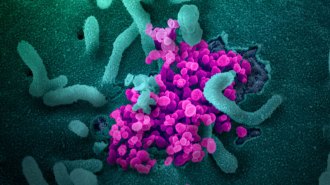 Health & Medicine
Health & MedicineLoss of smell and taste may actually be one of the clearest signs of COVID-19
Data from a symptom tracker smartphone app used by millions of people shows two-thirds of positive patients reported losing these senses.
-
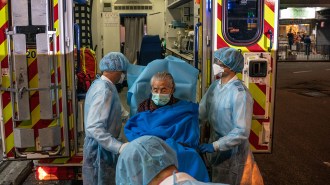 Health & Medicine
Health & MedicineA multiple sclerosis drug may speed COVID-19 recovery
One form of interferon may boost the immune system’s ability to fight the coronavirus early in infections, a small study suggests.
-
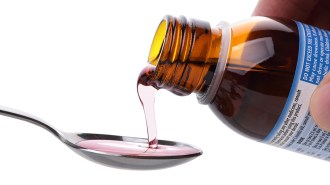 Health & Medicine
Health & MedicineSome existing drugs might fight COVID-19. One may make it worse
Maps of interactions between coronavirus proteins and host proteins point to drugs that may slow viral growth, but cough medicine may stimulate growth.
-
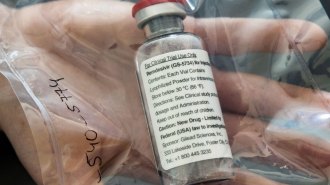 Health & Medicine
Health & MedicineRemdesivir is the first drug found to block the coronavirus
Preliminary results suggest that an antiviral treatment speeds recovery from COVID-19.
-
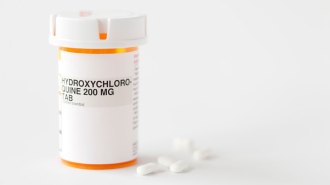 Health & Medicine
Health & MedicineMore evidence hints that hydroxychloroquine doesn’t help treat COVID-19
A malaria drug showed no benefit over standard care in two preliminary studies examining how well hydroxychloroquine works against the coronavirus.